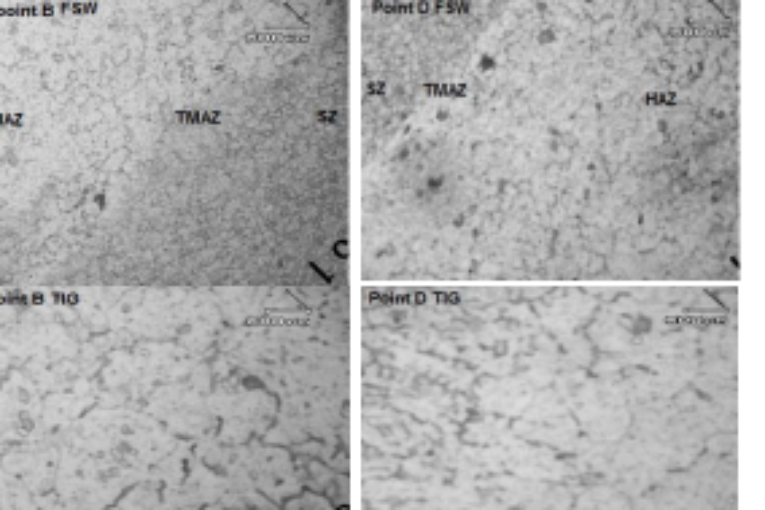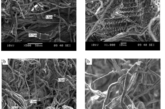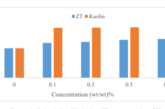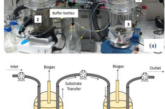
Authors: Jawdat Al-Jarrah and Nabeel Adeeb Al share
DOI: https://doi.org/10.48103/jjeci782024
JORDANIAN JOURNAL OF ENGINEERING AND CHEMICAL INDUSTRIES (JJECI)
Abstract
This study compares the properties of the aluminum alloy welded joints prepared by friction stir welding (FSW) to that of tungsten inert gas (TIG). It concentrated on the microstructure, hardness, corrosion resistance, and wear resistance. It has been found that the joints prepared by FSW have fine microstructure while coarse grains microstructure was obtained for joints produced by TIG welding. Also, the lowest Rockwell hardness measured at the centre of the welding line is 52 for joints prepared by FSW and 46 for ones produced by TIG welding. For corrosion resistance the reslt of tests indicated that
the welded joints of the TIG process had higher corrosion resistance, the mass loss after 72 hours is 0.2519 grams from TIG joints and it is about double in the case of FSW joints (0.5263 grams). However, TIG joints have lower wear resistance compared to joints produced by the FSW process. It seems that the grain size of the welded joints, in these two considered welding processes, has a great effect on the investigated properties. Paper type: Research paper
Keywords: Aluminum, welding, Friction stir welding, Tungsten inert gas, hardness, corrosion, wear. Citation: Jarrah, J., and Al share, N. “Comparative Study between Friction Stir Welding and Tungsten Inert Gas Welding Processes”, Jordanian Journal of Engineering and Chemical Industries,
Vol. 7, No.3, pp: 61-67 (2024).
`



